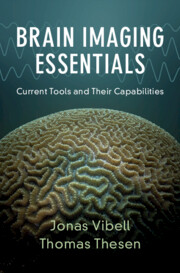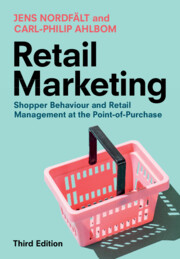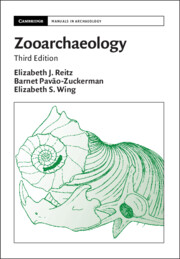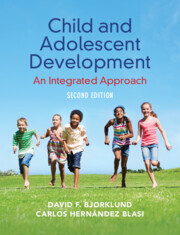Refine search
Actions for selected content:
37556 results in Cambridge Textbooks

Entrepreneurial Finance
- The Art and Science of Growing Ventures
- Coming soon
-
- Expected online publication date:
- January 2026
- Print publication:
- 31 January 2026
-
- Textbook
- Export citation

Fundamentals of Biological Psychology
- A Critical Perspective
- Coming soon
-
- Expected online publication date:
- January 2026
- Print publication:
- 31 January 2026
-
- Textbook
- Export citation

Reading Biblical Greek
- A Graded Reader for Beginners
- Coming soon
-
- Expected online publication date:
- January 2026
- Print publication:
- 31 January 2026
-
- Textbook
- Export citation

Language and Social Issues
- An Investigator's Toolkit
- Coming soon
-
- Expected online publication date:
- January 2026
- Print publication:
- 31 January 2026
-
- Textbook
- Export citation

A Concise History of New Zealand Aotearoa
- Coming soon
-
- Expected online publication date:
- January 2026
- Print publication:
- 31 January 2026
-
- Textbook
- Export citation

The Standard Model
- A Practical Step-by-Step Guide
- Coming soon
-
- Expected online publication date:
- January 2026
- Print publication:
- 23 October 2025
-
- Textbook
- Export citation

Empirical Research and Writing
- A Political Science Student's Practical Guide
- Coming soon
-
- Expected online publication date:
- January 2026
- Print publication:
- 31 January 2026
-
- Textbook
- Export citation

Formal Methods, Informally
- How to Write Programs That Work
- Coming soon
-
- Expected online publication date:
- January 2026
- Print publication:
- 31 January 2026
-
- Textbook
- Export citation
Quantum Computing Unveiled
- A Concise Course with Topological Extensions
- Coming soon
-
- Expected online publication date:
- January 2026
- Print publication:
- 31 January 2026
-
- Textbook
- Export citation
Explanation and Critical Thinking in the Neurosciences
- Bridging the Gaps
- Coming soon
-
- Expected online publication date:
- January 2026
- Print publication:
- 31 January 2026
-
- Textbook
- Export citation

Brain Imaging Essentials
- Current Tools and Their Capabilities
- Coming soon
-
- Expected online publication date:
- January 2026
- Print publication:
- 31 January 2026
-
- Textbook
- Export citation

Retail Marketing
- Shopper Behaviour and Retail Management at the Point-of-Purchase
- Coming soon
-
- Expected online publication date:
- December 2025
- Print publication:
- 31 December 2025
-
- Textbook
- Export citation
An Introduction to Public International Law
- Coming soon
-
- Expected online publication date:
- December 2025
- Print publication:
- 31 December 2025
-
- Textbook
- Export citation

Classical and Quantum Information Theory
- Uncertainty, Information, and Correlation
- Coming soon
-
- Expected online publication date:
- December 2025
- Print publication:
- 31 December 2025
-
- Textbook
- Export citation

Historical Sociolinguistics
- Coming soon
-
- Expected online publication date:
- December 2025
- Print publication:
- 31 December 2025
-
- Textbook
- Export citation

Zooarchaeology
- Coming soon
-
- Expected online publication date:
- December 2025
- Print publication:
- 18 December 2025
-
- Textbook
- Export citation

A Hands-On Introduction to Data Science with Python
- Coming soon
-
- Expected online publication date:
- December 2025
- Print publication:
- 31 December 2025
-
- Textbook
- Export citation

A Hands-On Introduction to Data Science with R
- Coming soon
-
- Expected online publication date:
- December 2025
- Print publication:
- 31 December 2025
-
- Textbook
- Export citation

The English Language
- A Historical Introduction
- Coming soon
-
- Expected online publication date:
- December 2025
- Print publication:
- 31 December 2025
-
- Textbook
- Export citation

Child and Adolescent Development
- An Integrated Approach
- Coming soon
-
- Expected online publication date:
- December 2025
- Print publication:
- 04 December 2025
-
- Textbook
- Export citation
